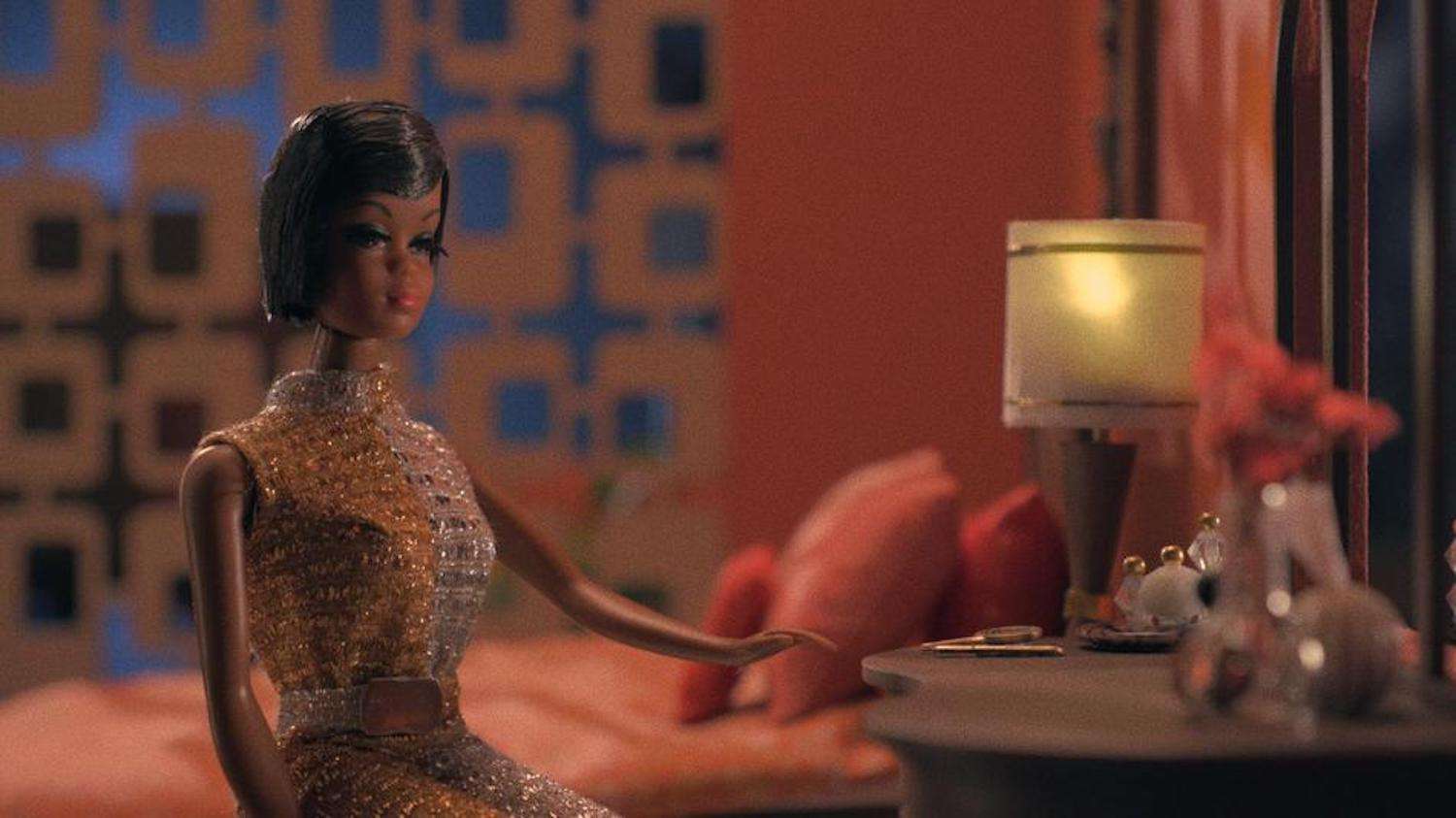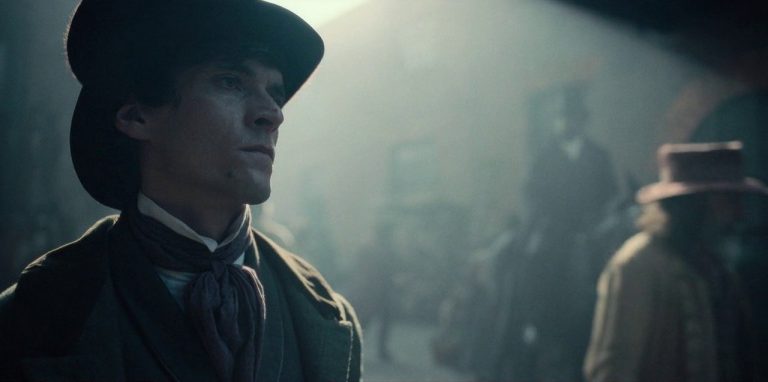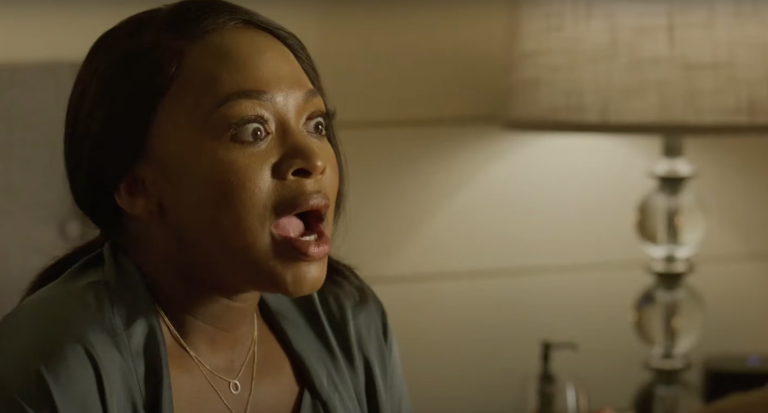Laguera Davis’ “Black Barbie” stakes a claim on the cultural bandwagon kick-started by Greta Gerwig’s “Barbie” that took a fresh look at the toy’s much-debated potential in stoking female self-affirmation. Can the Mattel toy, however, claim to hold out any diverse appeal when it has mostly tried to stick to the mold of a certain fine-boned white femininity? What about the other kinds and the whole massive array of the female experience, cutting across skin color, ethnicity, and body type? How has the company dealt with such questionable elisions, and have the eventual compensatory attempts even wielded any real change?
Davis’ point of contact with the bandwagon is not just on a personal level but familial. She wasn’t particularly fond of dolls as a child herself. However, her aunt, Beulah, is devoted and deeply attached to them. Davis’ curiosity about the reasons behind her aunt’s proclivity for dolls leads her down a long trail of discovery, engagement, and provocative dissection into the legacy, implication, and effects embedded in the toy. What may have been dismissed as a fanciful, frivolous toy for children reveals a wellspring of loaded consequences on their subconscious and how it relates to their self-esteem and confidence issues. Where are the black Barbies?
That’s the instant, pervasive question that hovers throughout the film. The longstanding absence of black dolls is entwined with the lack of a social mirror. Young Black girls are forced to confront a non-prevalence of affirmation and recognition. Where and how would they find echoes of their experience and identity if not in basic playthings that are nevertheless integral to the way they look at themselves? When those fundamental reflections are entirely absent, wide sections of experience stand to be negated, dismissed, or denied.
The most bothersome issue with the documentary is its dry, sober, and humorless talking-head-infused format. There’s a lot of room here for righteous rage, which the film indulges into the hilt, garnishing it with surfeit toppings of sorrow and disappointment. The film weaves among perspectives of ‘career women’ but almost always through a rote lens that doesn’t value and take into account specific differences shading the common experience. This flattens the impact of the many subjects who give their two bits on the matter, yet barely anything rings out memorably and cuttingly.

The somber uniformity takes away the richness of the female Black experience, which the documentary itself propounds in the first place. Although the assortment of the subjects is vast, three central figures emerge: the aunt, the first Black designer at Mattel, Kitty, and Stacey, who took over after Kitty retired. Kitty’s influential status in bringing the first Black Barbie to reality in 1980, twenty-one years after the original blonde signature, looms large.
The documentary details the extra mile Kitty went to render accurate the lived reality of Black bodies in the doll and emphasizes the two decades in which the Shindana company bridged the gap in producing accessible black dolls. But how many actually got to play with the Black Barbie? Necessary questions are broached as to whether this line of dolls got the publicity that would have ensured its market reach.
The documentary also ropes in kids in the final portion, gauging how they mediate race vis-à-vis engaging with the dolls. “Black Barbie” suffers because of the excessive nobility and seriousness undergirding the project. The ham-fisted treatment strips the film of power, rage, and protest, redirecting all its vital energies into something that’s only didactic but rarely punchy.









